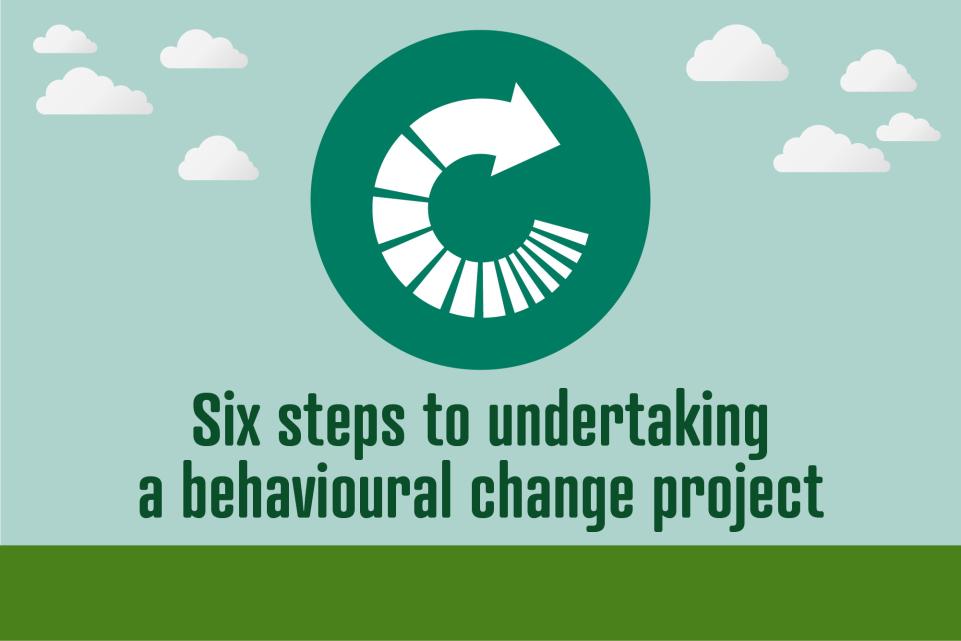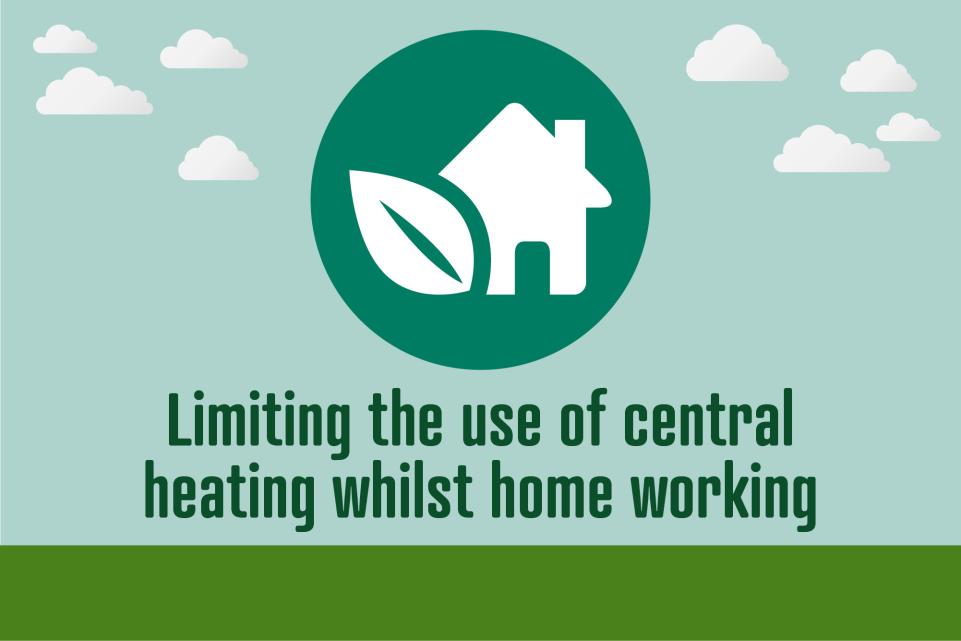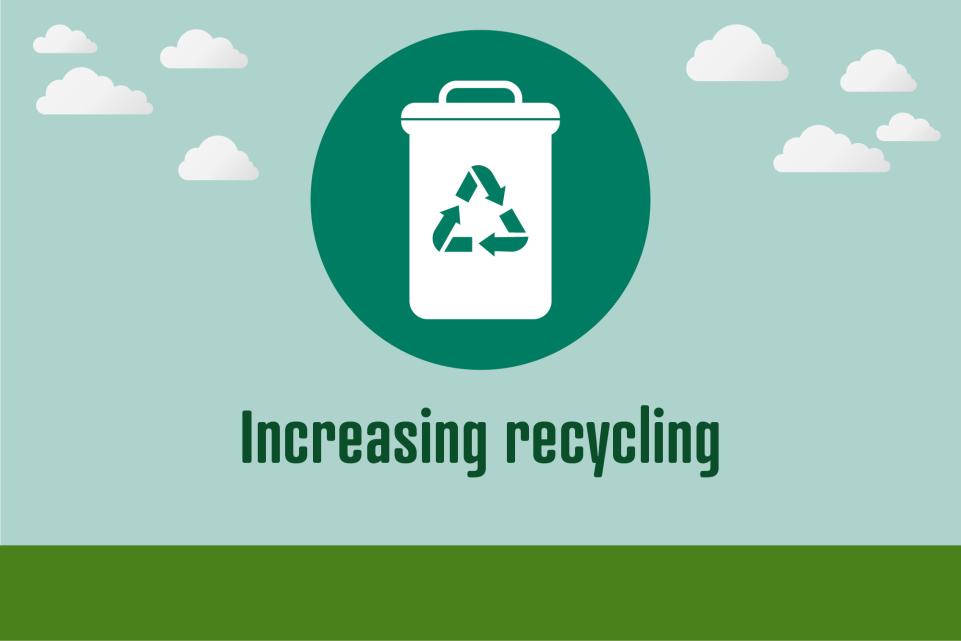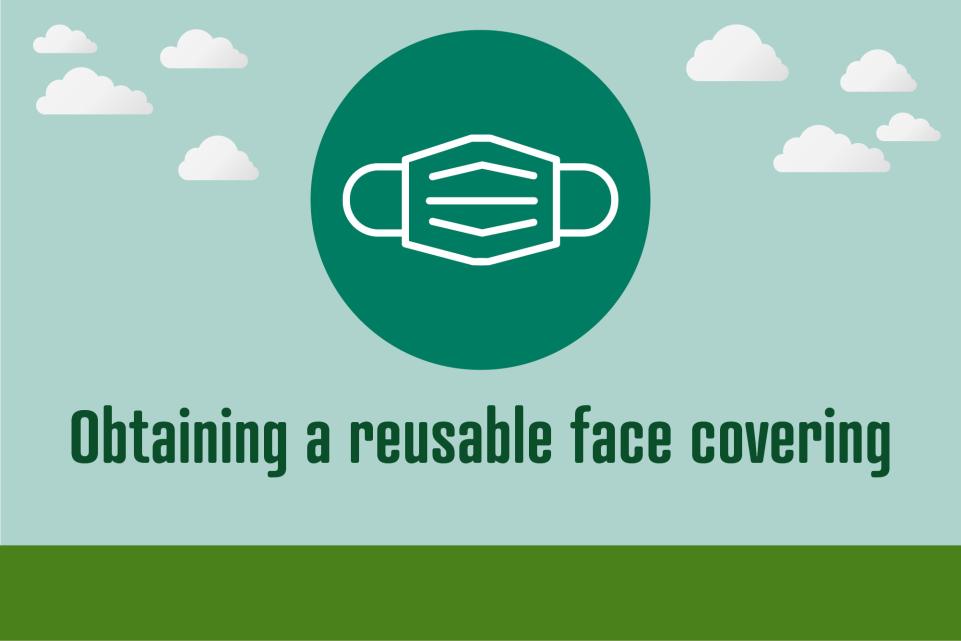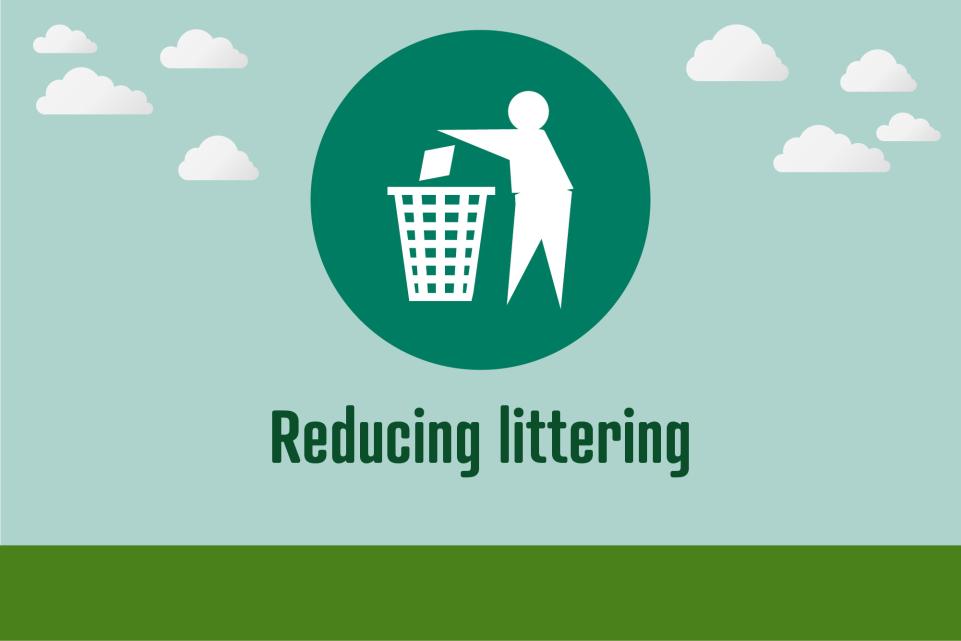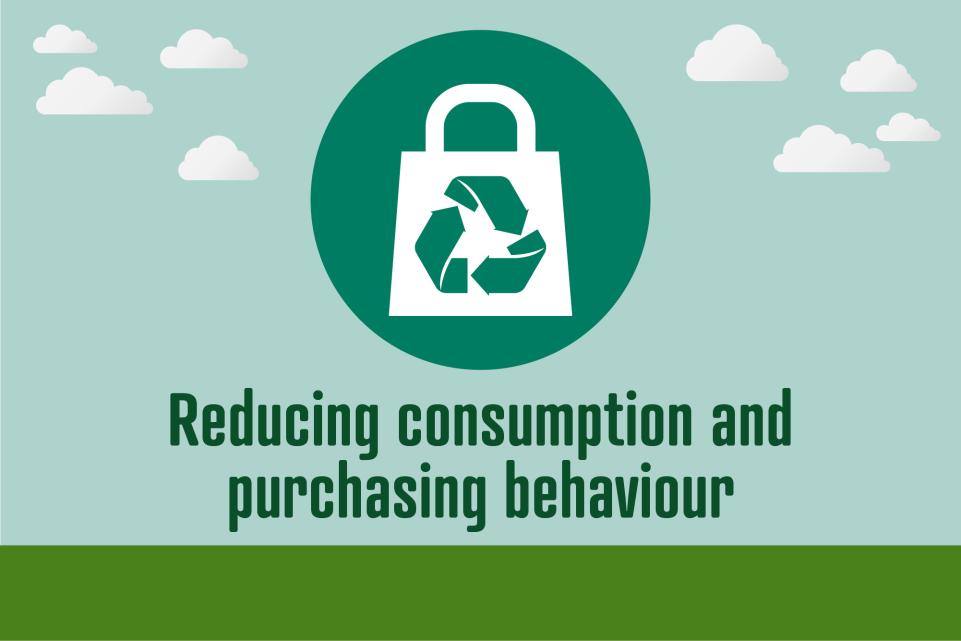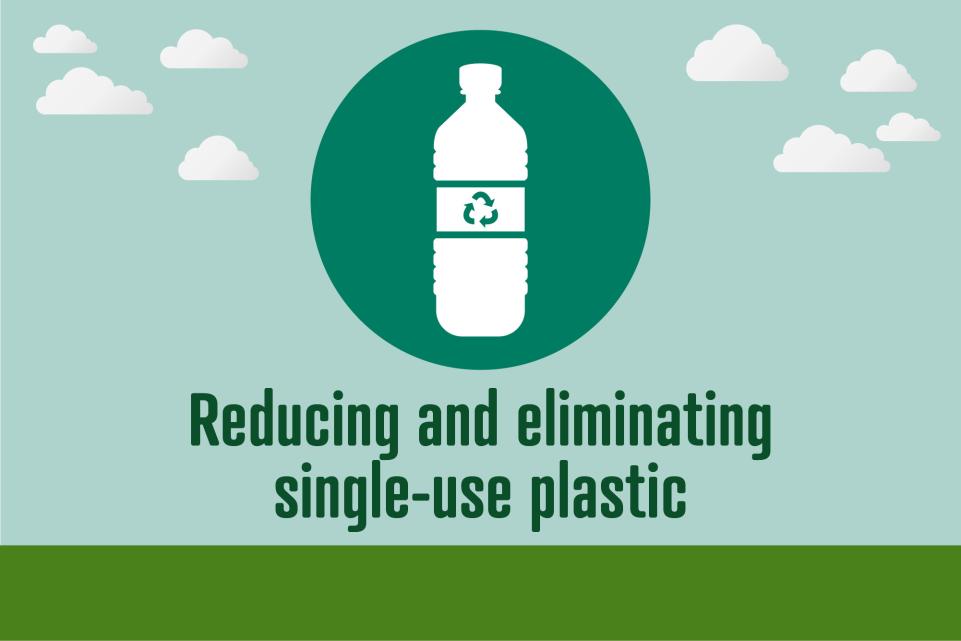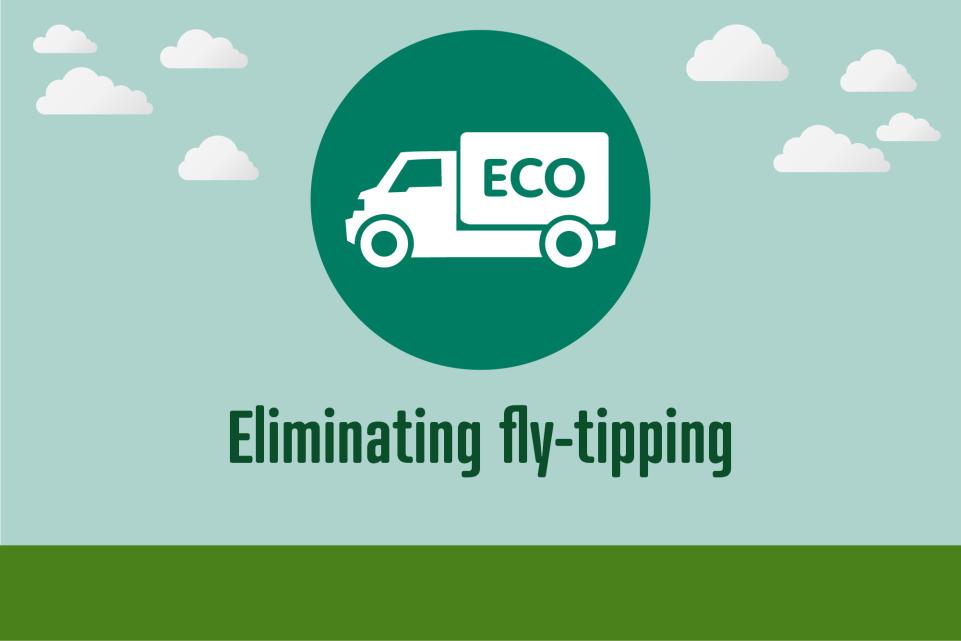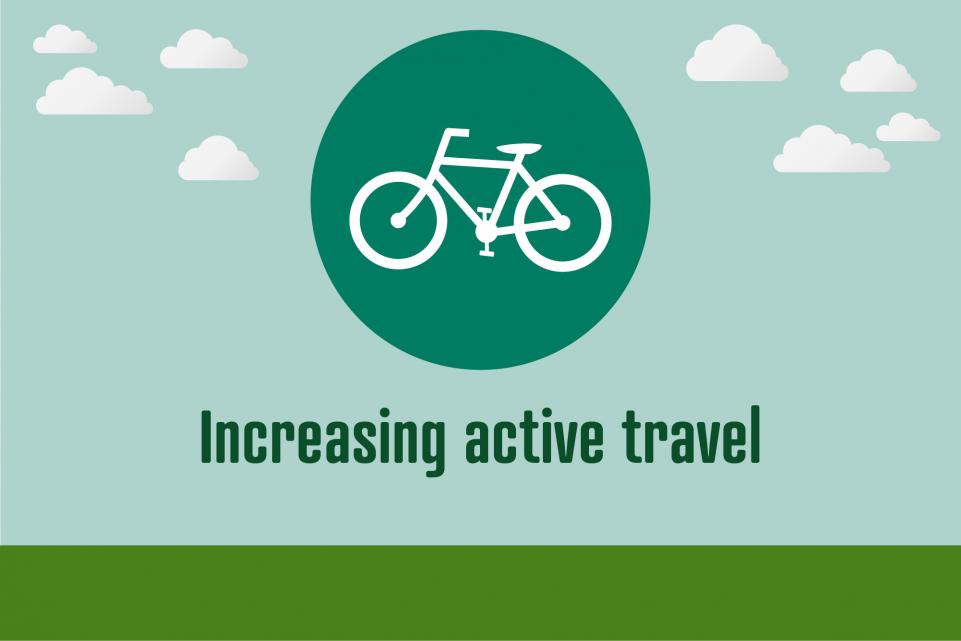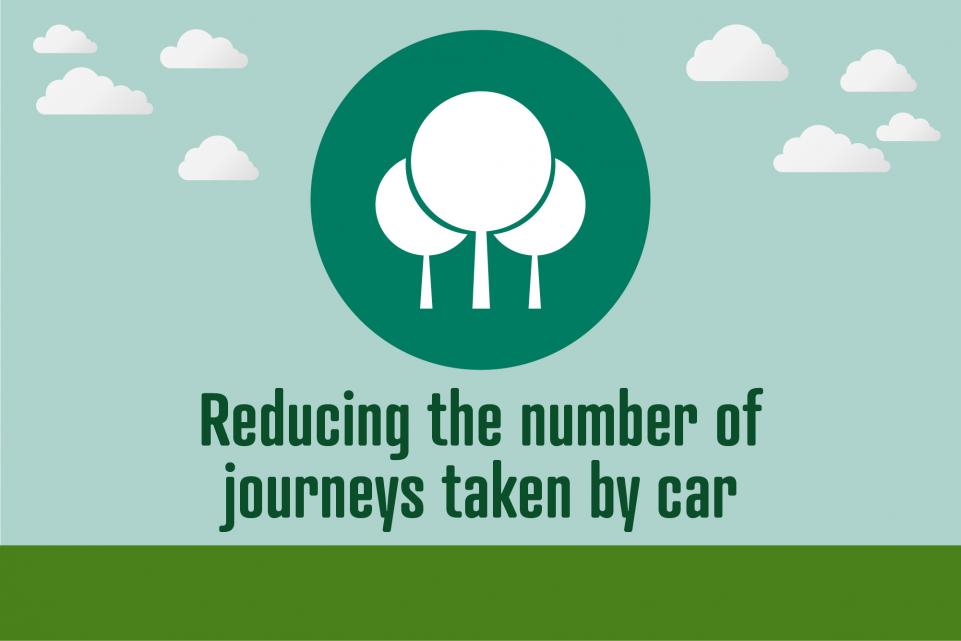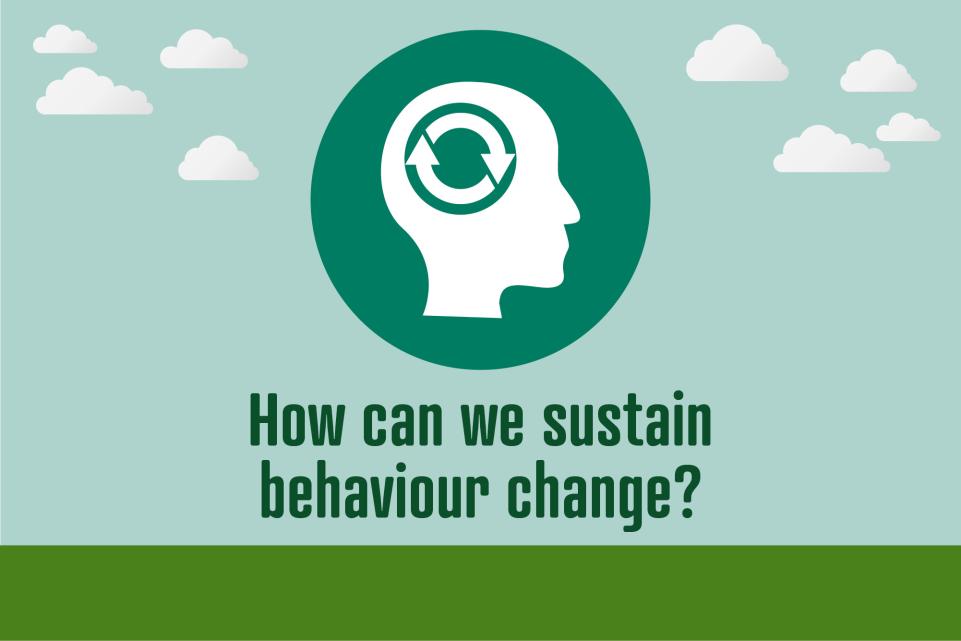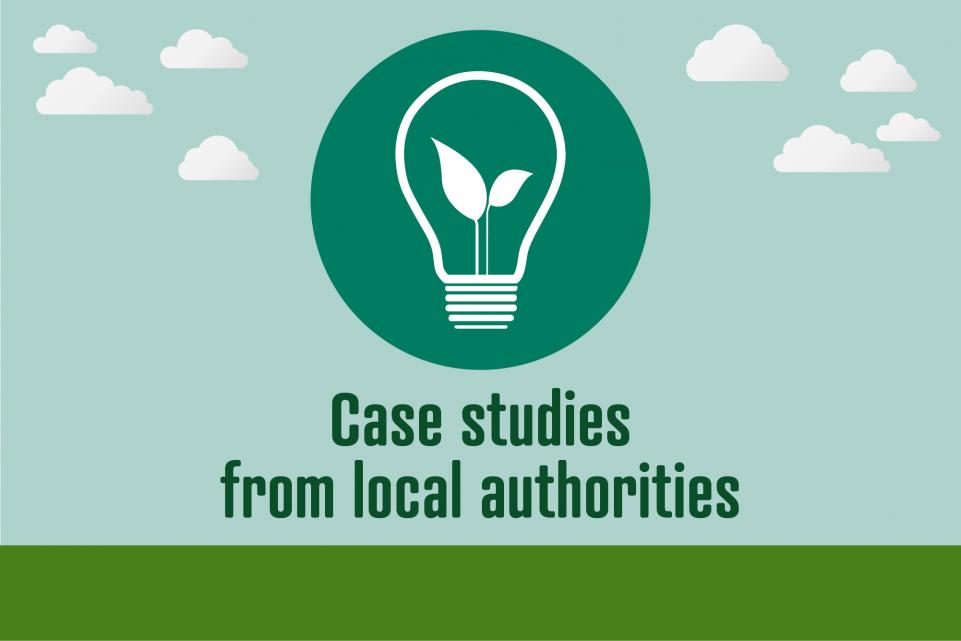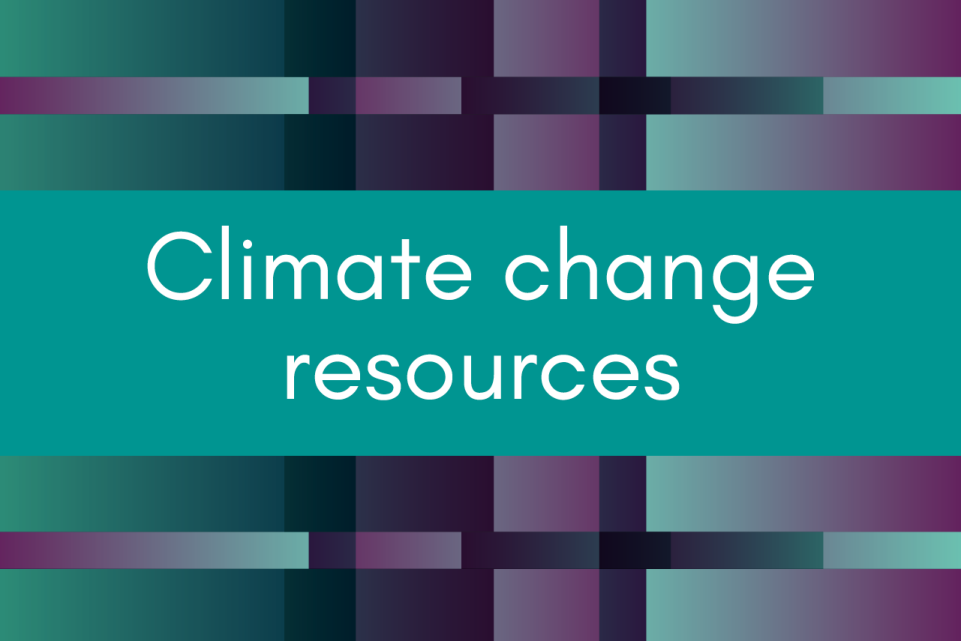Changing behaviours to reduce climate change and protect our environment
The rise of climate change is a global challenge which the United Kingdom is addressing along with their international partners. Closer to home, local authorities are making huge strides to reduce greenhouse gas emissions and increase biodiversity in their own local areas.
But councils cannot do this alone. As individuals, we each have a responsibility to change how we live on a day to day basis to reduce the further onset of dangerous climate change. We can all play our part together and then many small changes will multiply into a large contribution. Behaviour change tools and techniques are vital resources for councils to work with their local communities to sustain or change residents’ behaviours to reduce climate change. These tools can also be used at an organisational level, for example, within local businesses, education and health settings.
Behaviour changes are caused by a variety of mechanisms including economic policies, legal frameworks and physical infrastructure. This includes but it not limited to councils’ work in energy, transport and supply chain development. There can also be co benefits for society and your own council in making such changes, including financial savings for the council, public health improvements for the community and economic growth.
The impact of behaviour change on residents’ climate change related behaviour can be shown by the example of littering in the New Forest’s coastal areas which had increased during the first months of the COVID-19 outbreak. New Forest District Council worked on the LGA Behavioural Insights Programme to support the development of a new insight-led approach to tackling this issue, which proved highly successful. The intervention, which used novel messaging and imagery on advertising trailers at three sites and dispensed rubbish bags, reduced litter by 10.8 tonnes over a one month period (a reduction of 29 per cent), saving an estimated £10,000 in waste collection costs.
In this section:
- Limiting the use of central heating while home working
- Increasing recycling (including food waste, plastic, glass, cardboard/paper etc.)
- Obtaining a reusable face covering
- Reducing littering
- Reducing consumption or purchasing behaviour
- Reducing or eliminating the use of single-use plastic
- Eliminating fly tipping
- Increasing active travel eg via bicycle or walking
- Reducing journeys taken by car
- Top tips for getting started
- How can we sustain behaviour change?
- Case studies from local authorities - your quick wins
- Further reading and acknowledgements
- Six steps to undertaking a climate behaviour change project

